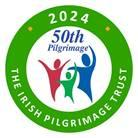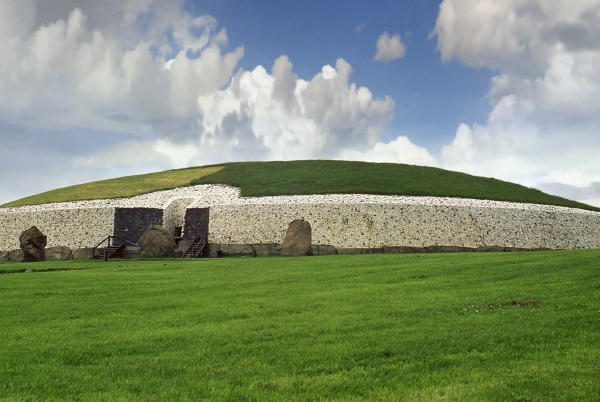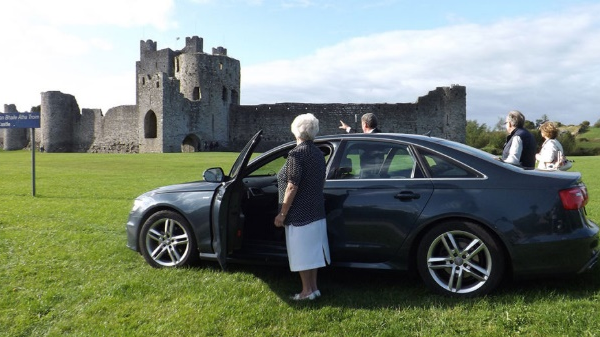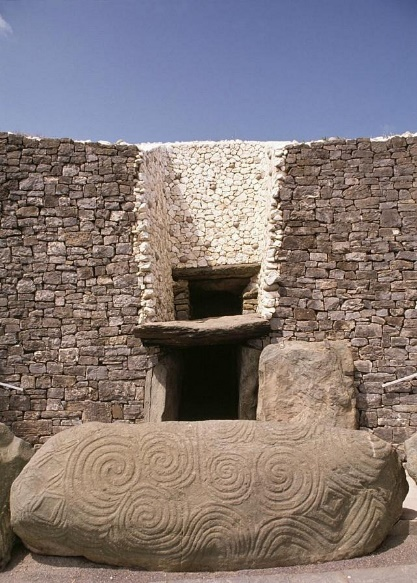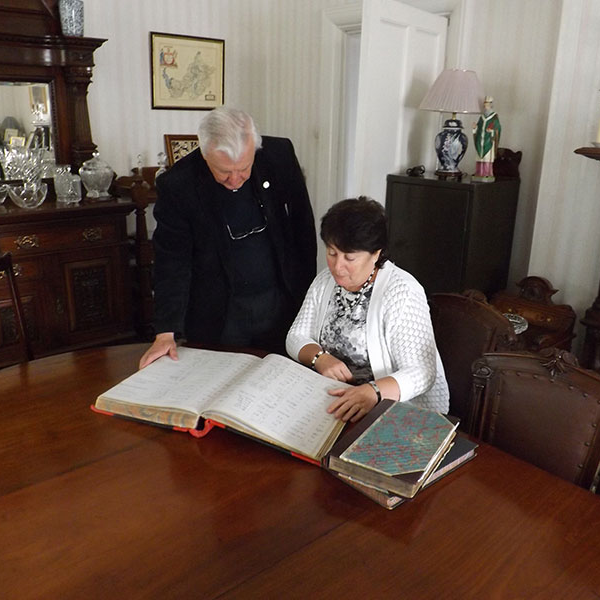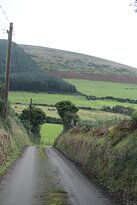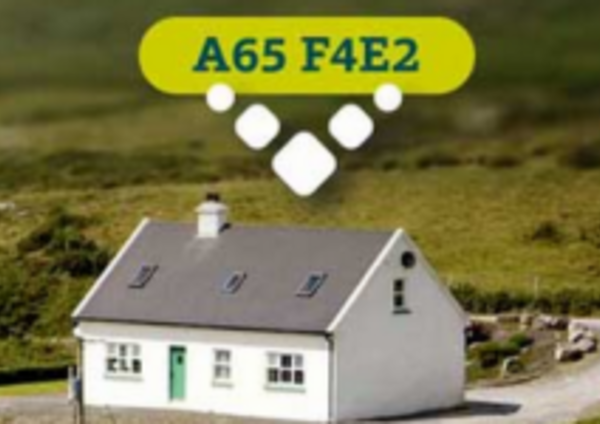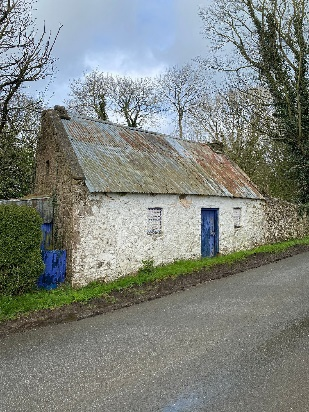Dublin Genealogy Tours
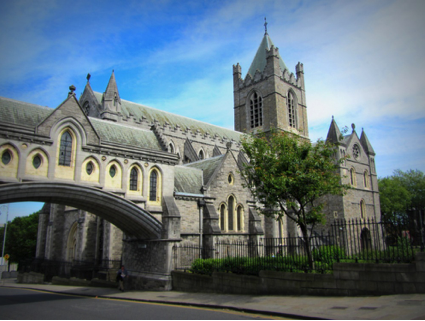
My Ireland Heritage find your Ancestors and exact house location from the 1700’s to the late 1800’s, and all available records in Ireland. We are an Irish family business dedicated to assisting you in your Irish Genealogy research for your roots and records of your family history of past generations in Dublin, as well as providing you with a once in a lifetime Irish Genealogy tour experience to visit your families original family house and Walk in the Footsteps of your Irish Ancestors.
Sean and the Team at My Ireland Heritage are a Government certified & approved Genealogy & Touring Company, and will personally guide you on the journey into your Irish ancestry to any County in Ireland.
Many companies are genealogy research only, many companies are touring companies only, we at My Ireland Family Heritage are proud to be able to encompass your research and tour together enabling us to work with you throughout the process to customize your tour with you and for you. To achieve a full genealogy tour experience consider adding one of our one-day historical tours.

Our Tours
Our Ancestral Townland Experience Tours
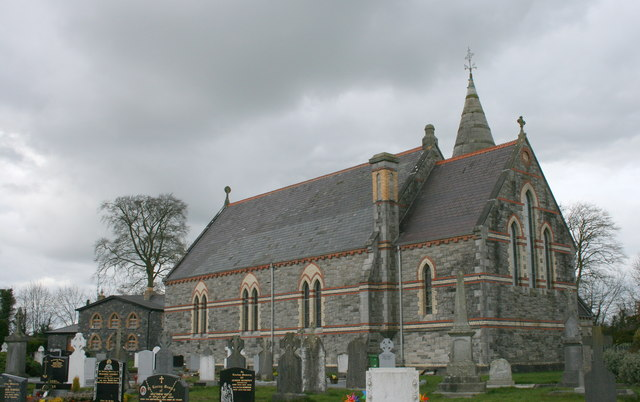


Finding the Correct Church
Having found the Townland we must now find not just the Civil Parish identified on your records but the correct Church. On your records you may see a Civil Parish this most likely is not the Church your Family used for Marriage/Baptisms and weekly use.
An Example
As an example take County Meath there are 146 Civil Parishes in County Meath. Your Families Church may be Culmullin it is bordered by 7 different Parishes but it is also in the Parish of Dunshaughlin. Your records may say Parish of Dunshaughlin but your Ancestors Parish and church they used for important events is actually 10 Miles away at Cullmullin. To Compound the issue there are 5 Baronies in Meath with the word Rath and 47 Townlands with the word Rath included.

Finding the Correct Graveyard
Finding the correct Graveyard for your family for the Townland. Again an example a Parish like Dunshaughlin may have 10 Graveyards in Fact the Parish of Cullmullin above which is in the Civil Parish off Dunshaughlin has 3 Graveyards alone one for 1700 one for 1800s and a Modern graveyard.
Again this is our responsibility to find the Correct Graveyard for your Church and your families Townland.
Finding Relatives and Neighbours of Your Family
At My Ireland Heritage our Data Base allows us to find the exact Location of your Families house in the 1800s. Once we travel her on your Behalf we will know very quickly if the family are still in the vicinity. In fact even if they are not we have the knowledge to know if the neighbours who may be there for 200 years are also still in the Vicinity.
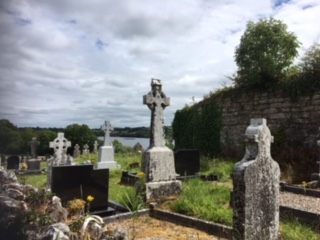
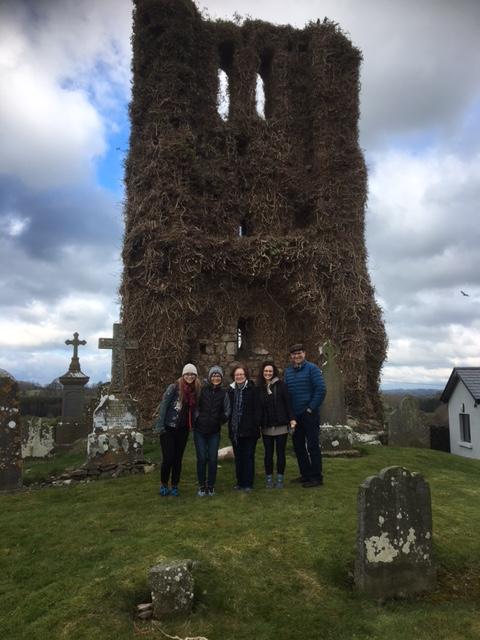
- Dublin has 8 Baronies
- Dublin has 84 Civil Parishes
- Dublin has 319 Electoral Divisions
- Dublin has 1049 townlands
- Dublin has 11 sub townlands
Positioned on Dublin’s Wine Tavern Street the oldest street in Dublin and site of the Original Viking settlement 841 AD the iconic Christchurch Cathedral.
There has been a church on this site since the coming of the Normans 12th Century. Handles Messiah was first performed here and it holds in its Crypt the Body of Richard De Clare (Strongbow) first Norman to arrive in Ireland 1169 AD. The name Dublin comes from the Gaelic word Dubhlinn, meaning black pool where two rivers meet the Liffey and the Poddle the water becomes Black. Old Norse name for Dublin was Dyflin, those without knowledge of Irish omitted the dot, spelling the name as Dublin.
It is now thought that the Viking settlement 841AD was preceded by a Christian ecclesiastical settlement known as Duibhlinn, from which Dyflin took its name. Beginning in the 9th and 10th century, there were two settlements where the modern city stands. The Viking settlement known as Dyflin and a Gaelic settlement, Áth Cliath (“ford of hurdles”) was further up river, at the present day Father Mathew Bridge at the bottom of Church Street. Áth Cliath is a place name referring to a fording point of the River Liffey near Father Mathew Bridge. The Castle of King John was built in Dublin in 1206 and some walls still remain. (see Dublin City Tour)
Family Dynasties 1500-1600 AD
- Irish – None
- Norman – Barnwell, Birmingham, De Lacey, Power, White
- Scottish – None
- Viking – Harold
Georgian Dublin
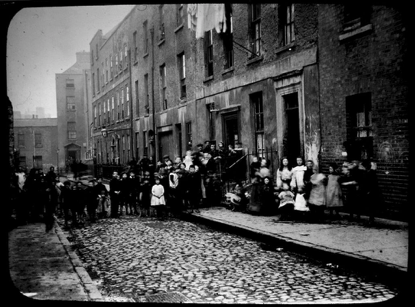
Once the second city of the British Empire Georgian Dublin built between 1717 and 1830 for King George the 1st, 2nd, 3rd & 4th became the worst slums of Europe after the Great Famine of 1845-51.

Visit the Famine ship Jeannie Johnson or see how life was lived in the Tenements during the 1800s.
Dublin- Things to do and may be possible to include within your Ancestral Townland Experience Tour
- Irelands Ancient East
- The Georgian Dublin experience 1717 -1830 and the relevance of this area to the Famine 1845-1850
- Customs House 1791
- Leinster House 1745 (Government Buildings)
- Duke of Wellington memorial
- Kilmainham Jail 1796
- Phoenix Park; location of Houses of the American Ambassador and the President of Ireland
- Guinness Brewery
- Book of Kells
- Jeanie Johnston Famine ship replica 1845-1850
- Famine Memorial departing Area
- Tenement Living Post Famine period
- St Patrick Cathedral
- Christ Church & Dublin Castle


